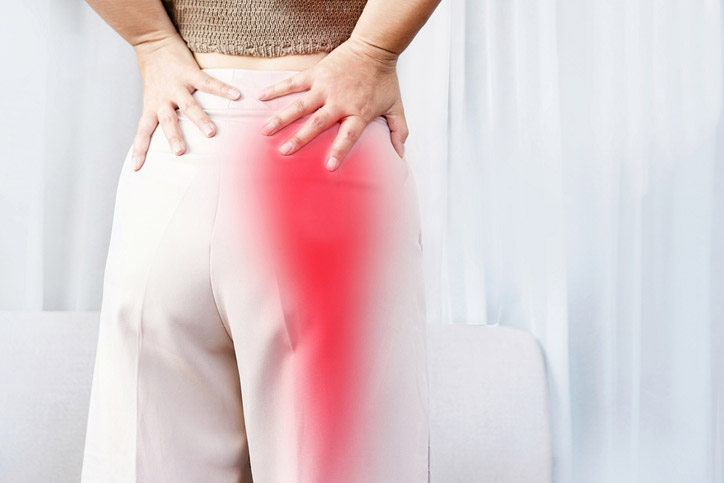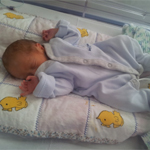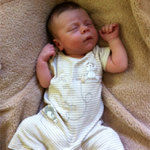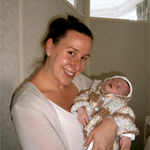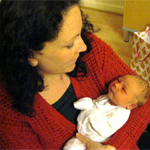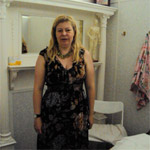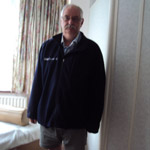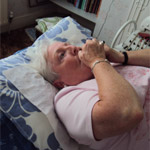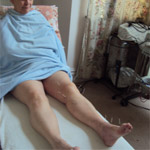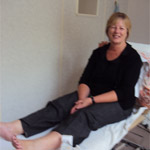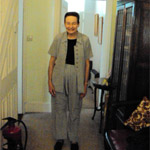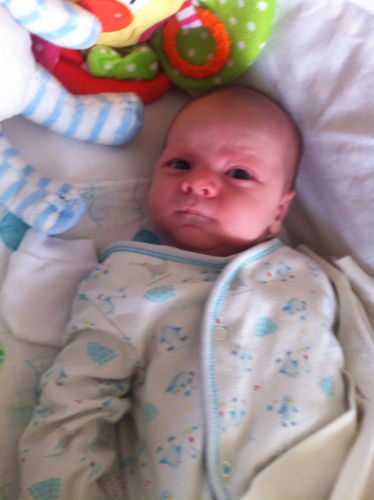Suffering with Sciatica? Acupuncture could be a treatment you can pin some relief on, according to a new study
Ah sciatica. It really is a pain in the back (and leg!). While it’s typical for symptoms like a tingling, numbness or pain radiating from the buttock or the leg to improve within a few weeks or a few months, for some it may take longer.
The good news is that sciatica does not always last forever! And according to a new, small, randomized clinical trial published in the 2024 issue of JAMA Internal Medicine, acupuncture might offer relief.
In the study, researchers randomly assigned 216 people with sciatica caused by a herniated disk to get either 10 sessions of real acupuncture or a sham procedure over four weeks.
The result? When compared to those who got the sham procedure, those who had real acupuncture reported having less leg pain and better physical function, which lasted up to a year.
But first, what is Sciatica caused by?
“Believed to affect anywhere between 13% to 40%* of people during some point in their life, Sciatica is the name given to the condition where there is pressure on the sciatic nerve,” Osteopath Denise Callaghan says. “Whether it’s inflammation, a disc, bone or muscle that’s pressing on this nerve, this neurological pain differs to back ache as it culminates in a burning, tingling and numbness as opposed to ache or pain.”
For example, sciatic could be caused by:
- a slipped disc — also called a prolapsed or herniated disc, this is when a soft cushion of tissue between the bones in your spine bulges outwards
- spinal stenosis — this is the name given to the condition that causes a narrowing of the spinal canal. This results in pressure on the spinal cord or nerve roots.
- spondylolisthesis — this occurs when one of the vertebrae bones in your spine slips forward
- a back injury — this could be caused by lifting, bending or by having an old injury that led to pressure on the nerve. It could also be the result of poor posture and repetitive strain.
- Muscle spasm in the piriformis muscle — this can compress the sciatic nerve.
“I know, when you are in pain it can be hard to remember a time before it,” Denise says. “But the latest findings show that acupuncture can help ease the pain.
How does acupuncture work for sciatica?
“Acupuncture is an alternative medicine that works by stimulating certain pressure points within the body,” trained acupuncturist Denise explains.
The stimulation of these pressure points releases endorphins and allows the free flow of energy to continue.
“It’s been used for more than 3,000 years to help maintain the body’s overall balance,” Denise adds.
See for yourself
For example, this was the case for Mike who was one of Denise’s patients. “I had suffered from sciatica for months and the GP offered nothing but painkillers and vague promises that it might ‘eventually’ get better,” he writes. “So bad was the pain that walking more than a few hundred yards was difficult and l had all but given up on gardening and cycling.”
After being recommended to Denise, after three sessions he said he was “pain free”, “fully mobile” and “back on my pushbike and working on my allotment”.
“Treatment is professional, reasonably priced and l would recommend Denise to anyone suffering with sciatica or back pain,” Mike adds.
Other treatments for sciatica
But here’s the upside. Acupuncture isn’t the only way to combat sciatica.
- Movement can help. “That said, when you are in pain moving is probably the last thing you want to do,” Denise acknowledges. “However it’s best practice for those living with sciatica to get up and walk short distances.”
- Watch your posture. “A poor posture can be a contributing factor to sciatica,” Denise explains. “So along with moving a bit more, if you do spend a lot of time sitting behind a desk, sit upright in the back of your chair and keep your shoulders in line with your hips and with your chin back. And while standing, stand straight with your shoulders gently back and your chin tucked in.”
- Try Osteopathy — According to the National Institute for Health and Clinical Excellence, manual therapy including soft tissue osteopathy and mobilsation and a structured exercise program, with stretching, should be considered in the management of lower back pain and sciatica.
If you are suffering with your sciatica and are in pain, why not get in touch? Osteopath Denise is a member of the British Acupuncture Council and The British Medical Acupuncture Council and has more than 35 years’ experience in the field. She has helped a number of people during that time.
*https://cks.nice.org.uk/topics/sciatica-lumbar-radiculopathy/background-information/prevalence/

